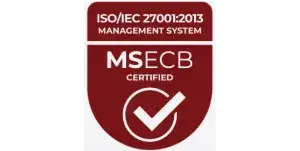
Casino Game Script, Plugins, Code & Templates
Explore how casino game script features like user management, payment systems integration, and customization options boost online gambling.
PAM

Fantasy Sports Platform
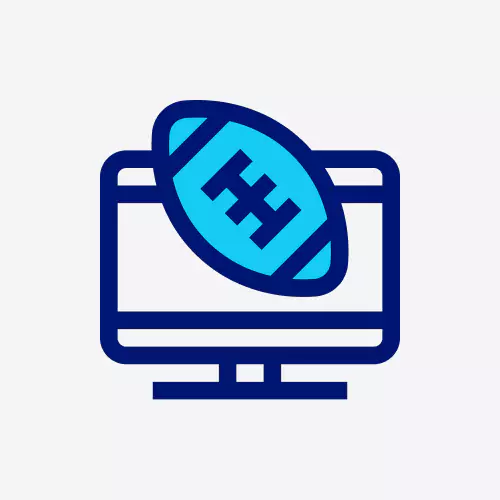
Opinion Trading

Casino Games

Telegram Games

Crash Games

Poker

Rummy

Roulette

Blackjack

Slots
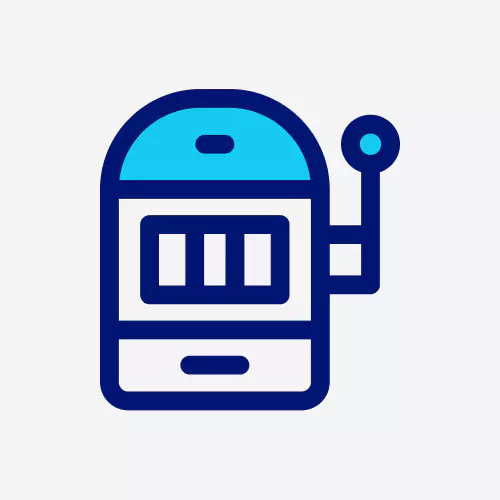
Poker

Rummy

Roulette

Blackjack

Slots

HTML5 Games
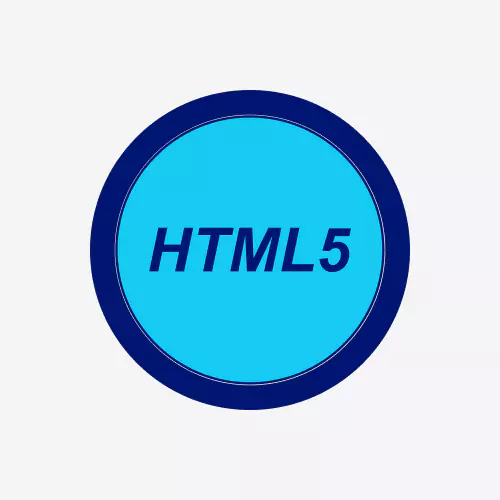
Mobile games

PC games

Console Games

Web3 Games

AR/VR Games
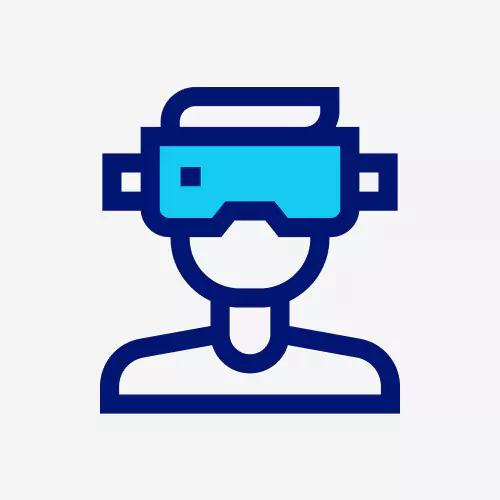
Custom Game Development
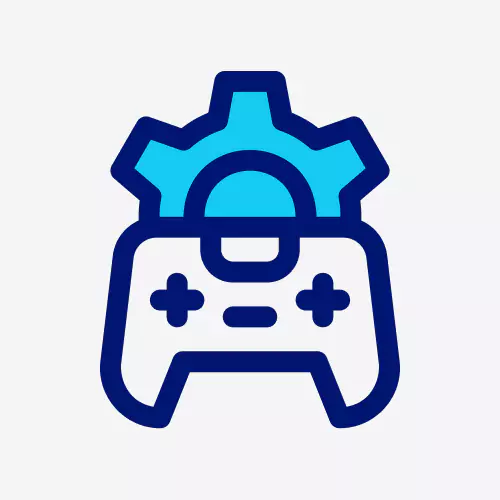
Metaverse Game Development

Ludo game Development

XR/AR/VR Solutions

Social media filters

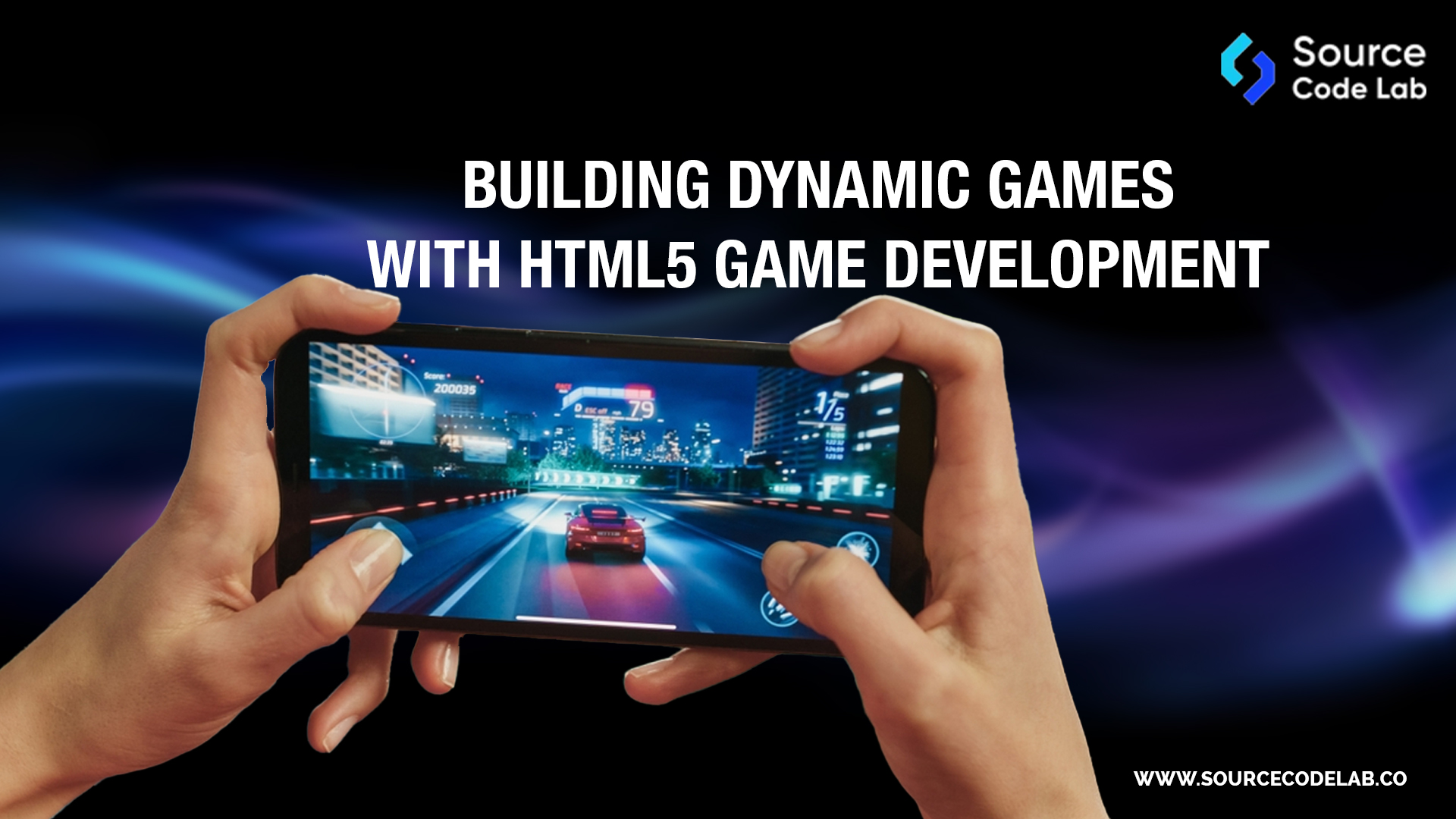
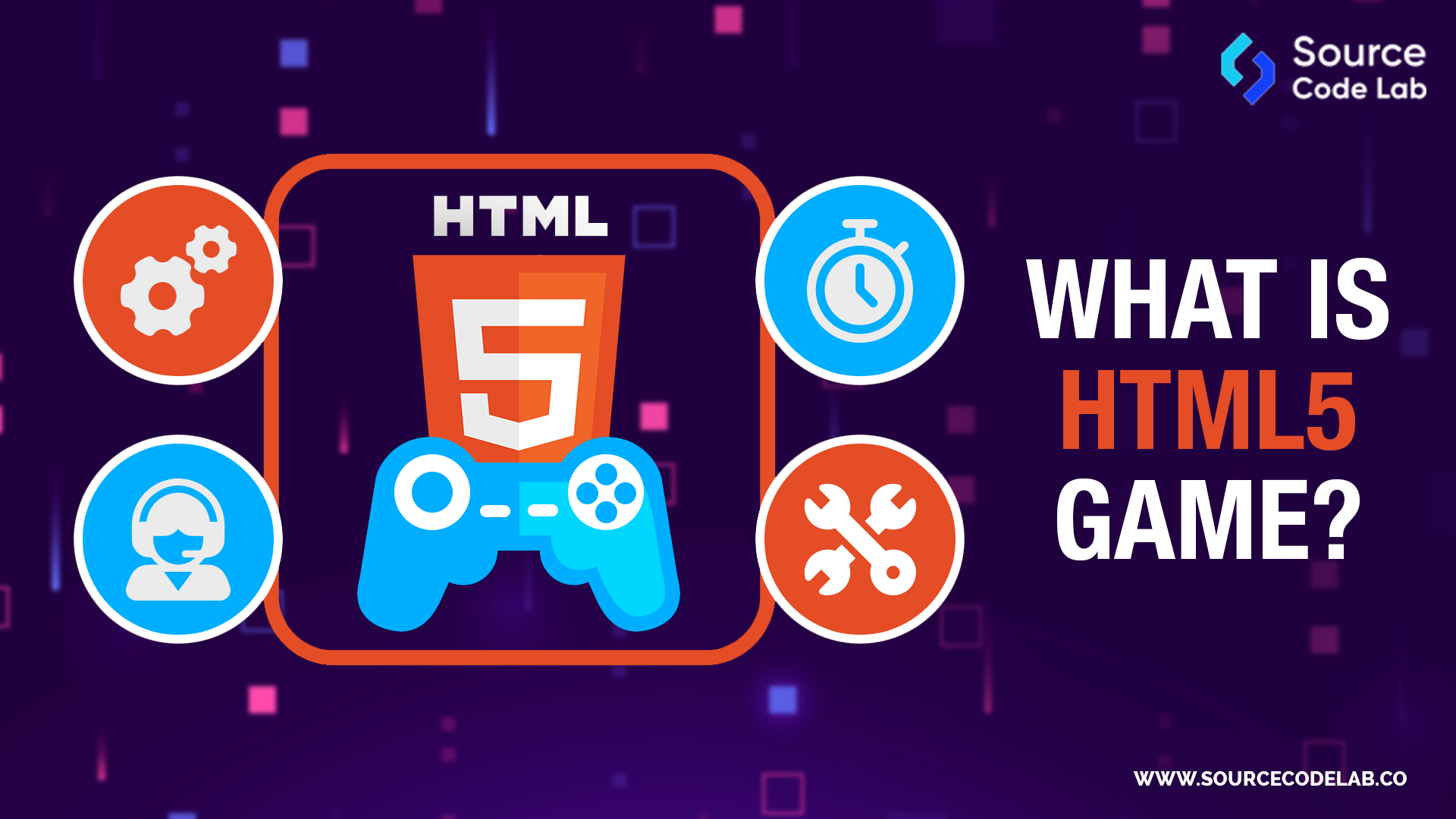
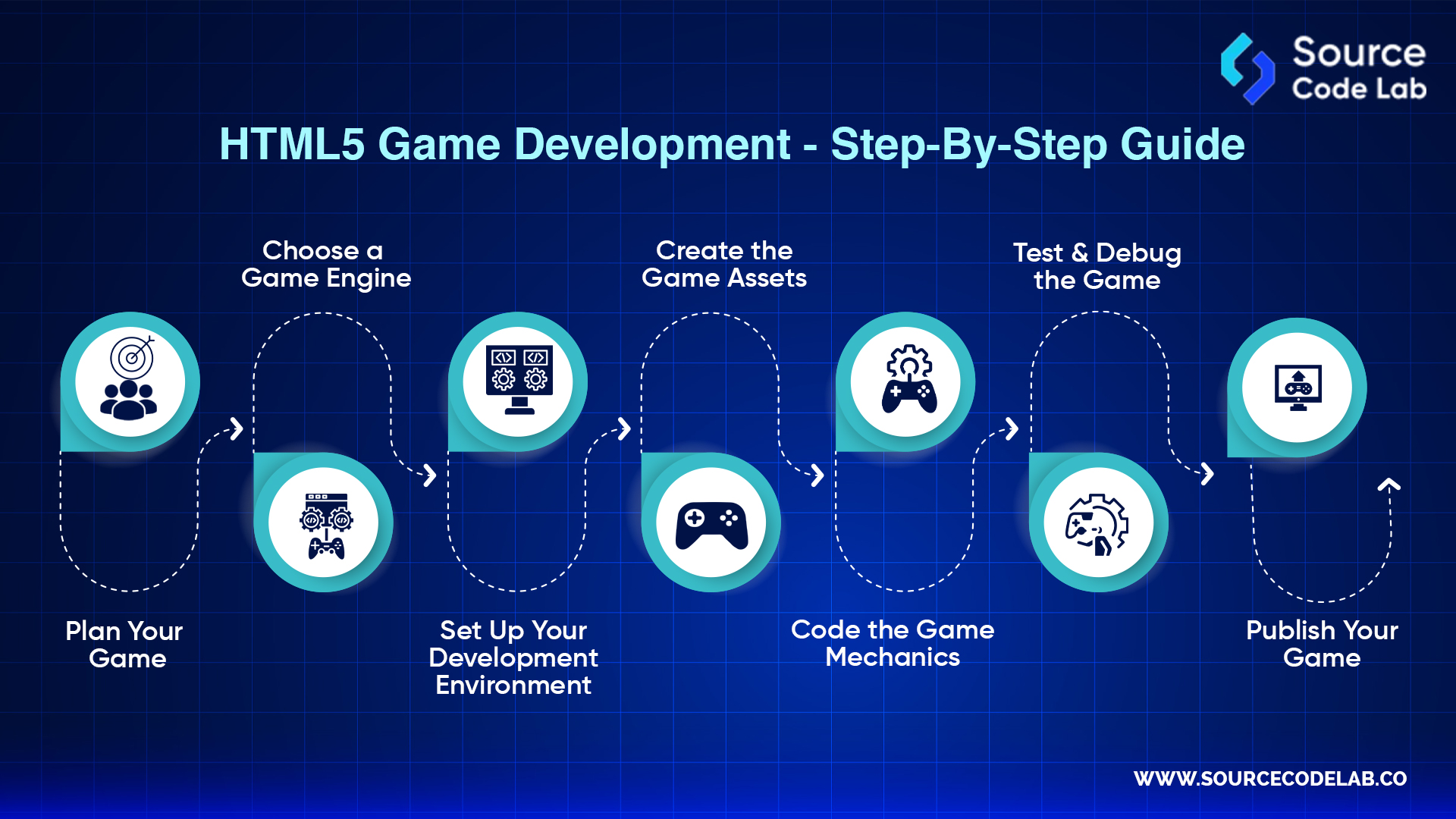
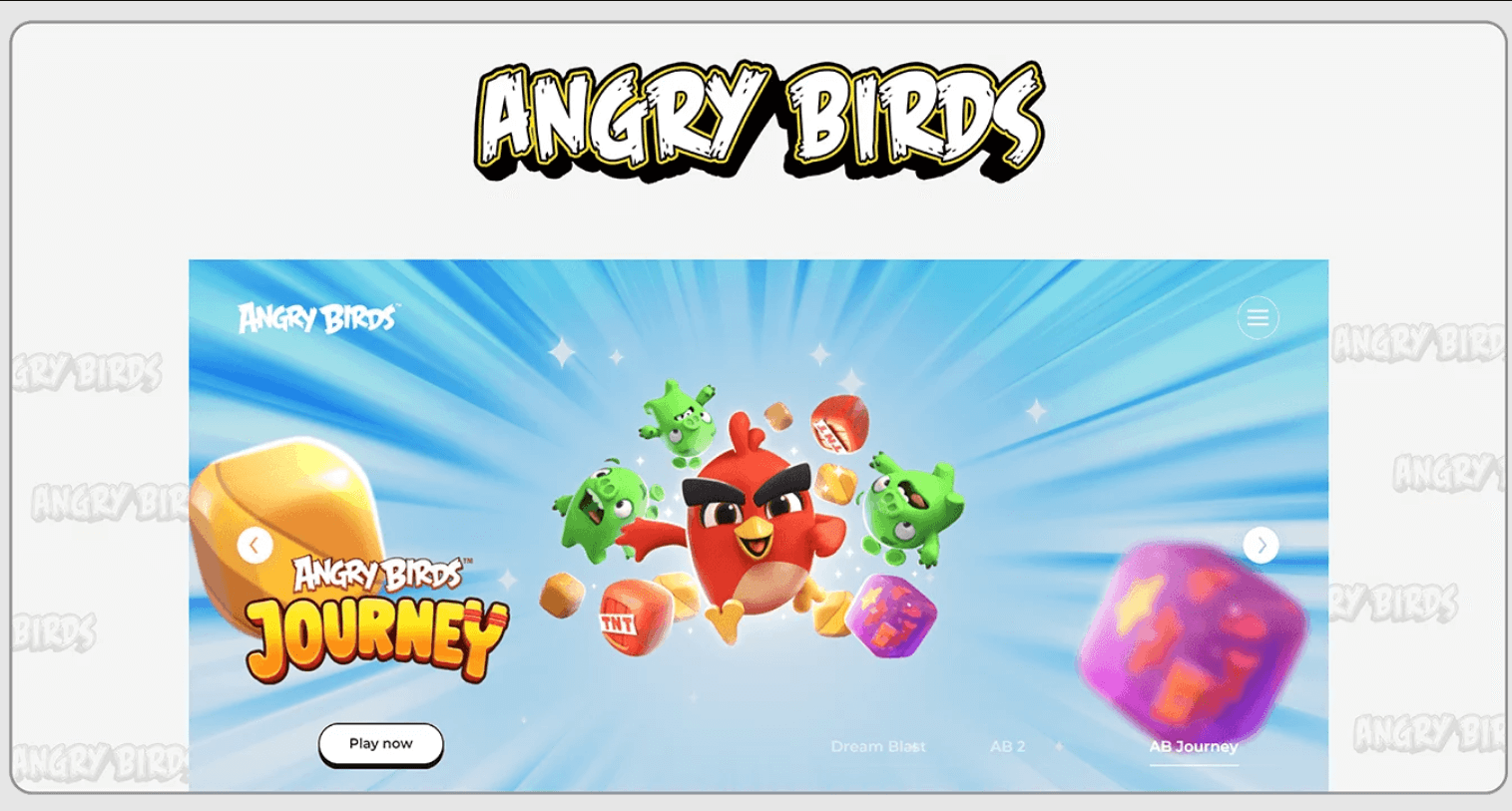
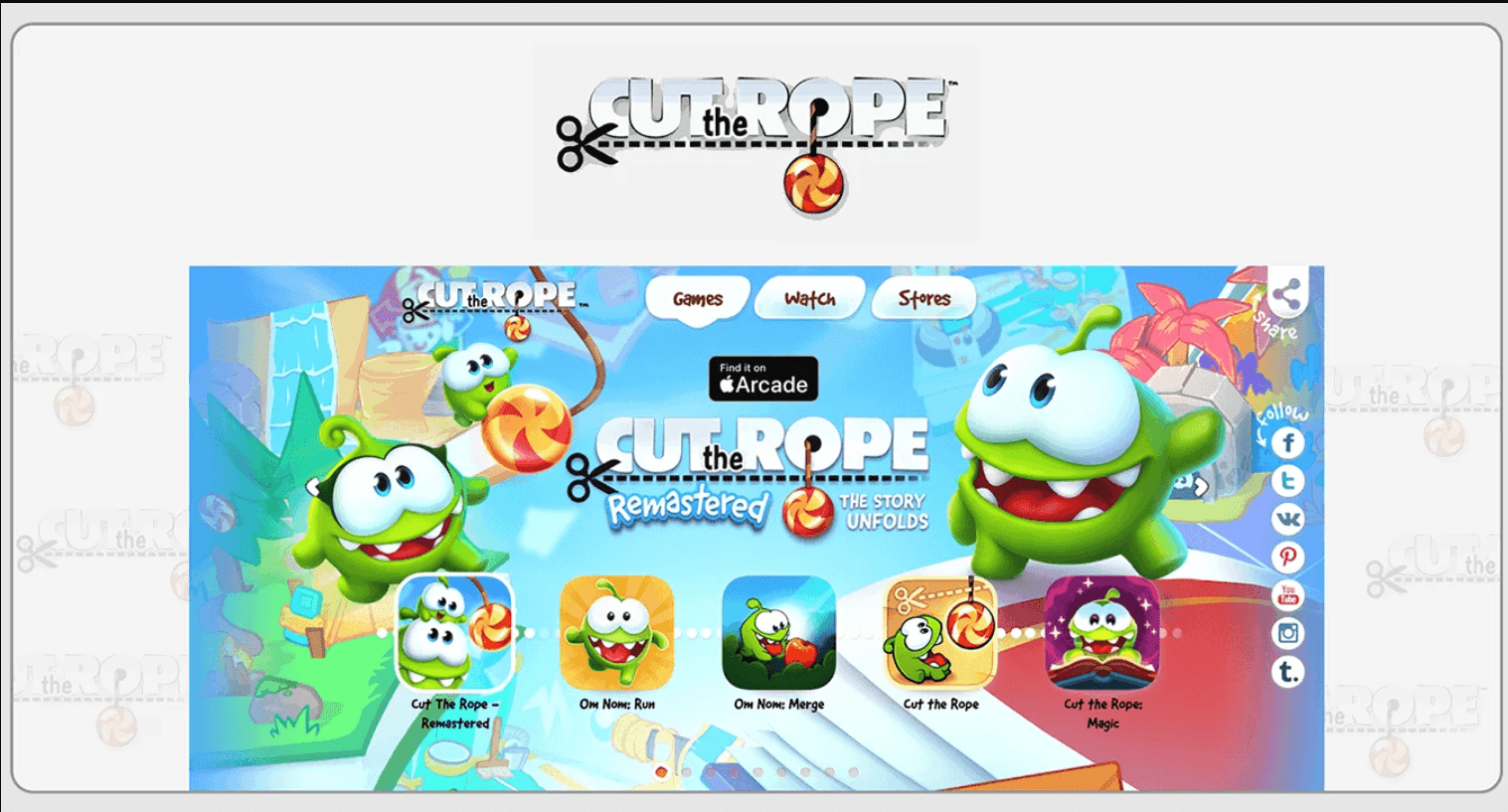
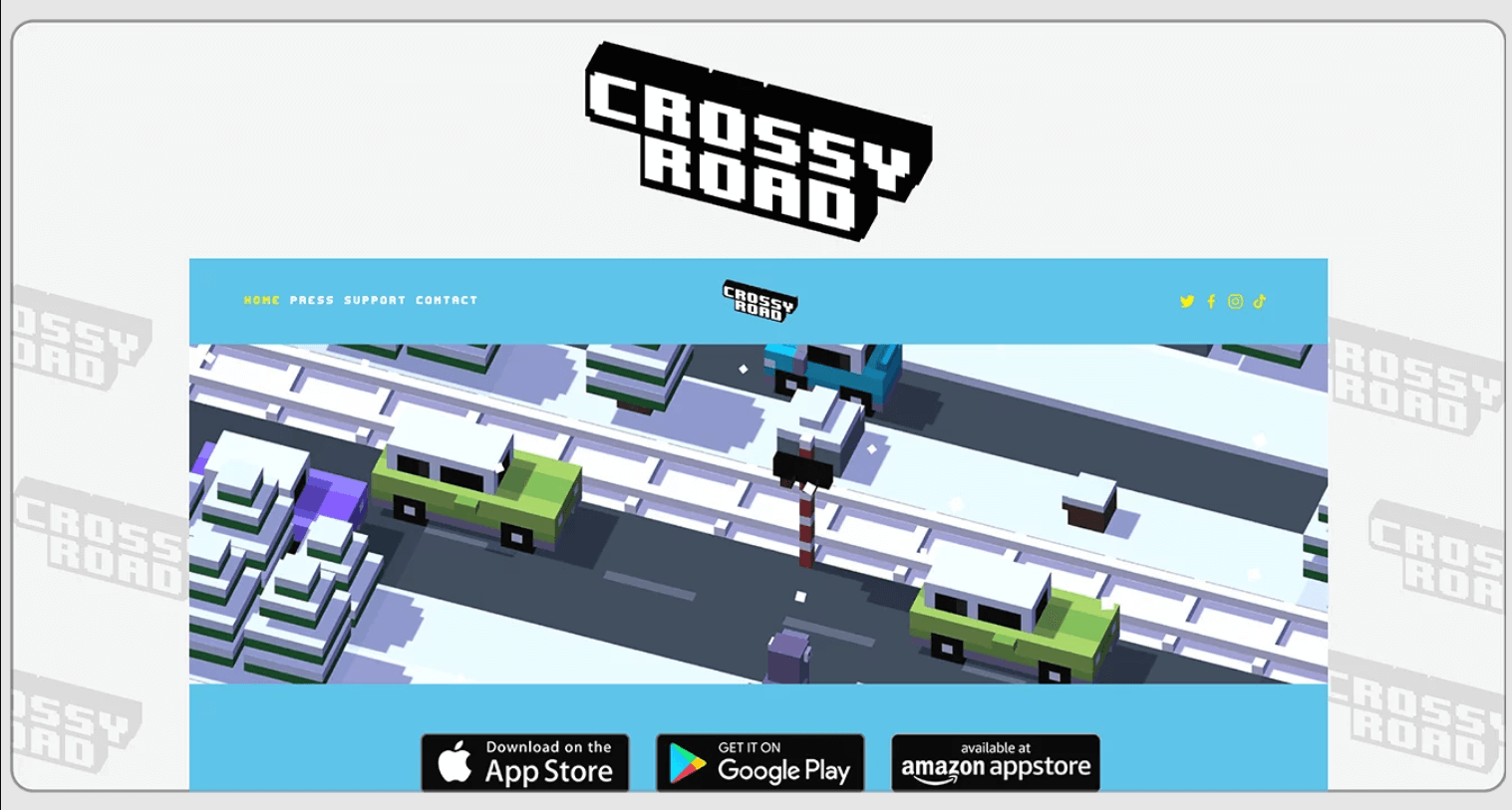
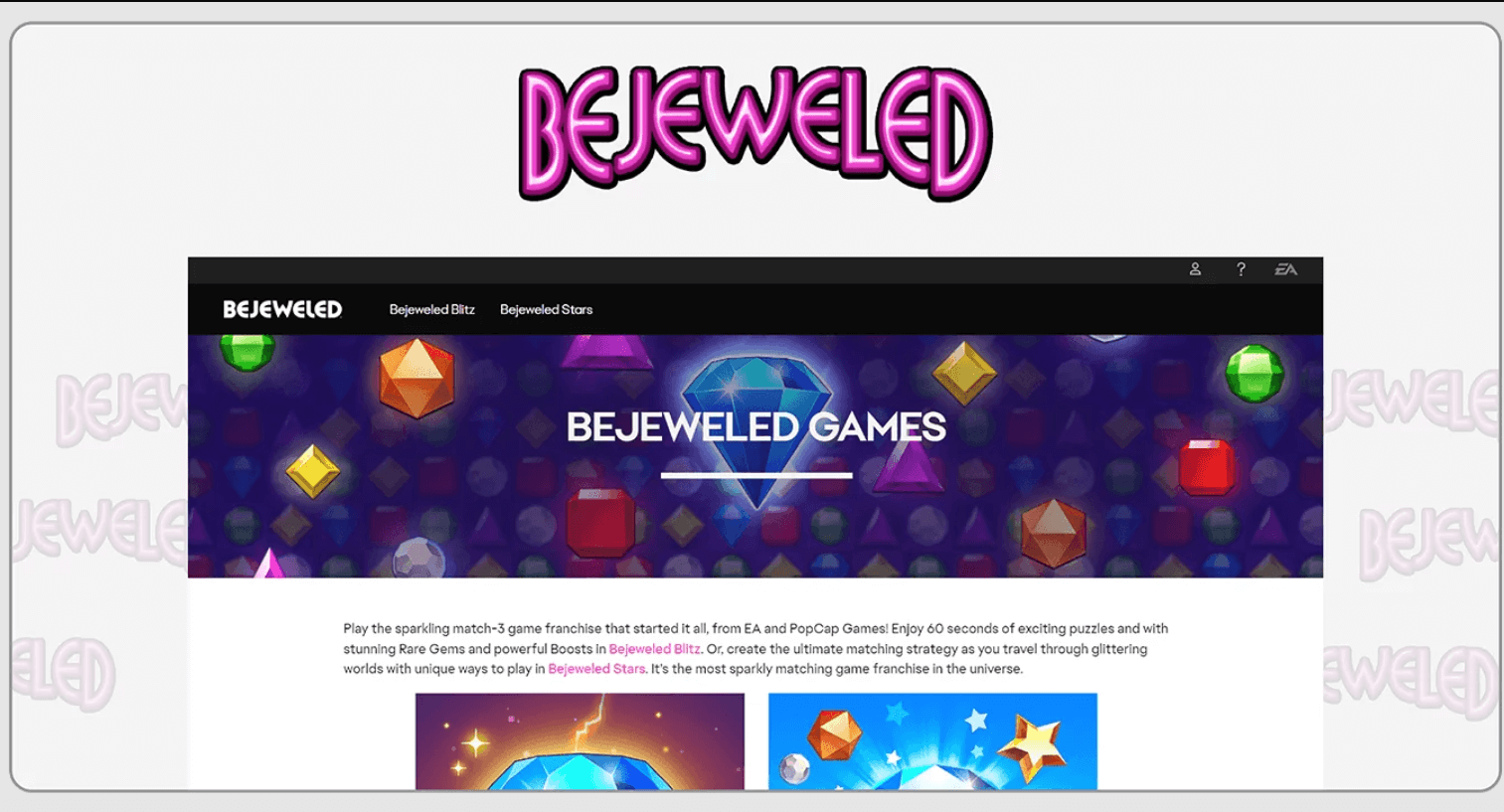
| Feature | HTML5 | Adobe Flash |
| Functionality | HTML5 is a markup language that provides native support for multimedia elements such as audio, video, and canvas for graphics rendering. It also offers APIs for advanced features like local storage, geolocation, and drag-and-drop. | Adobe Flash is a multimedia platform that enables the creation of animations, games, and interactive applications. It provides a wide range of tools and features for creating rich multimedia content, including vector graphics, animation, and scripting capabilities. |
| Performance | HTML5 content typically performs well, especially when optimized properly. It can leverage hardware acceleration for graphics rendering and multimedia playback, resulting in smooth and responsive user experiences. | Flash content has historically been criticized for its performance issues, such as high CPU usage and battery drain. It may not perform as efficiently as HTML5, especially on mobile devices and older hardware. |
| Accessibility | HTML5 is an open web standard supported by all major web browsers without the need for plugins. This makes HTML5 content accessible across a wide range of devices and platforms, including desktops, laptops, tablets, and smartphones. | Flash content requires a browser plugin (Adobe Flash Player) to run, which may not be supported on all devices and platforms. Additionally, Flash has been deprecated by most web browsers and is no longer supported on many modern mobile devices. |
| Security | HTML5 content is generally considered more secure than Flash, as it doesn’t rely on a separate plugin with its own security vulnerabilities. However, HTML5-based applications can still be vulnerable to web-based attacks if not properly secured. | Flash has a history of security vulnerabilities and has been a common target for malware and cyber attacks. Adobe has discontinued support for Flash and recommends uninstalling Flash Player due to its security risks. |
| Mobile Compatibility | HTML5 is inherently mobile-friendly and works seamlessly across various mobile devices and platforms. It supports responsive design techniques, allowing web content to adapt to different screen sizes and orientations. | Flash content traditionally struggled with mobile compatibility, as Flash Player was not available on many mobile operating systems, including iOS and Android. This limitation hindered the widespread adoption of Flash-based content on mobile devices. |
| Search Engine Optimization (SEO) | HTML5 offers semantic markup and better accessibility features, making it easier for search engines to crawl and index web pages. This enhances the discoverability of HTML5 content and improves its search engine rankings. | Flash content presents challenges for search engine optimization (SEO) because search engine crawlers have difficulty parsing Flash-based content. This can result in lower visibility and rankings for Flash-based websites and applications. |
| Interactivity and Animation | HTML5 provides native support for interactivity and animation through features like JavaScript, CSS3 animations, and the HTML5 canvas element. Developers can create dynamic and visually appealing content without relying on plugins. | Flash has long been synonymous with interactive multimedia content, offering powerful animation and scripting capabilities. Flash animations and games have been widely used on the web for creating immersive user experiences. |
| Development Tools and Support | HTML5 development is supported by a wide range of integrated development environments (IDEs), text editors, and frameworks. Developers have access to extensive documentation, tutorials, and community support resources for building HTML5-based applications. | Flash development primarily relies on Adobe Animate (formerly known as Adobe Flash Professional) and other Adobe Creative Cloud tools. However, with the decline of Flash, support and updates for Flash development tools have become limited. |
To get started with HTML5 game development, you can begin by learning HTML5, CSS3, and JavaScript fundamentals. Explore popular game development frameworks and engines such as Phaser or Construct 2, and experiment with creating simple games. Take advantage of online tutorials, documentation, and community resources to deepen your understanding and skills in HTML5 game development. Or hire Game Developer from Source Code Lab for your gaming need.

Explore how casino game script features like user management, payment systems integration, and customization options boost online gambling.
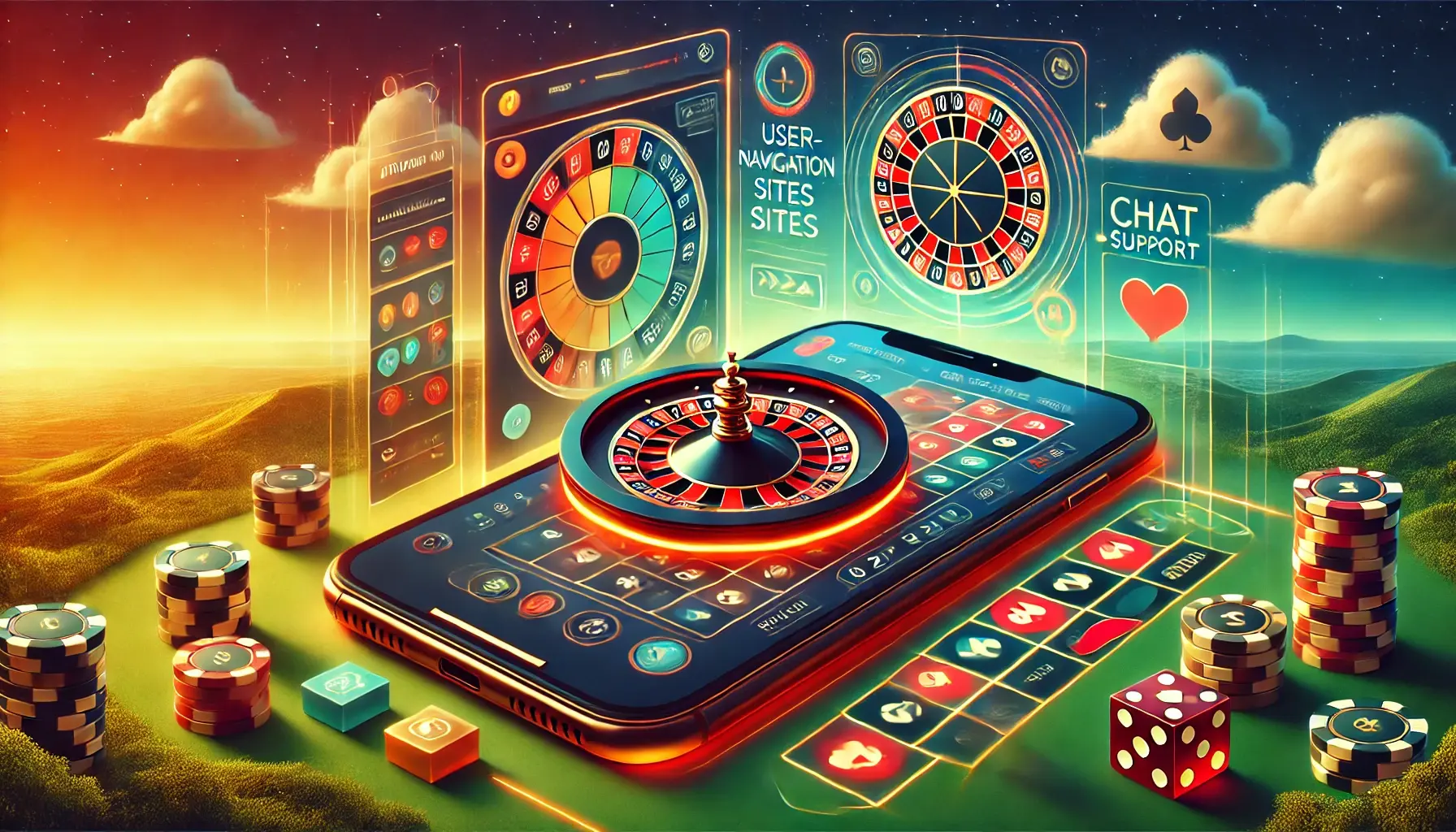
Explore top user-friendly online casino for roulette enthusiasts with ease of navigation, device accessibility, and a simple registration process.
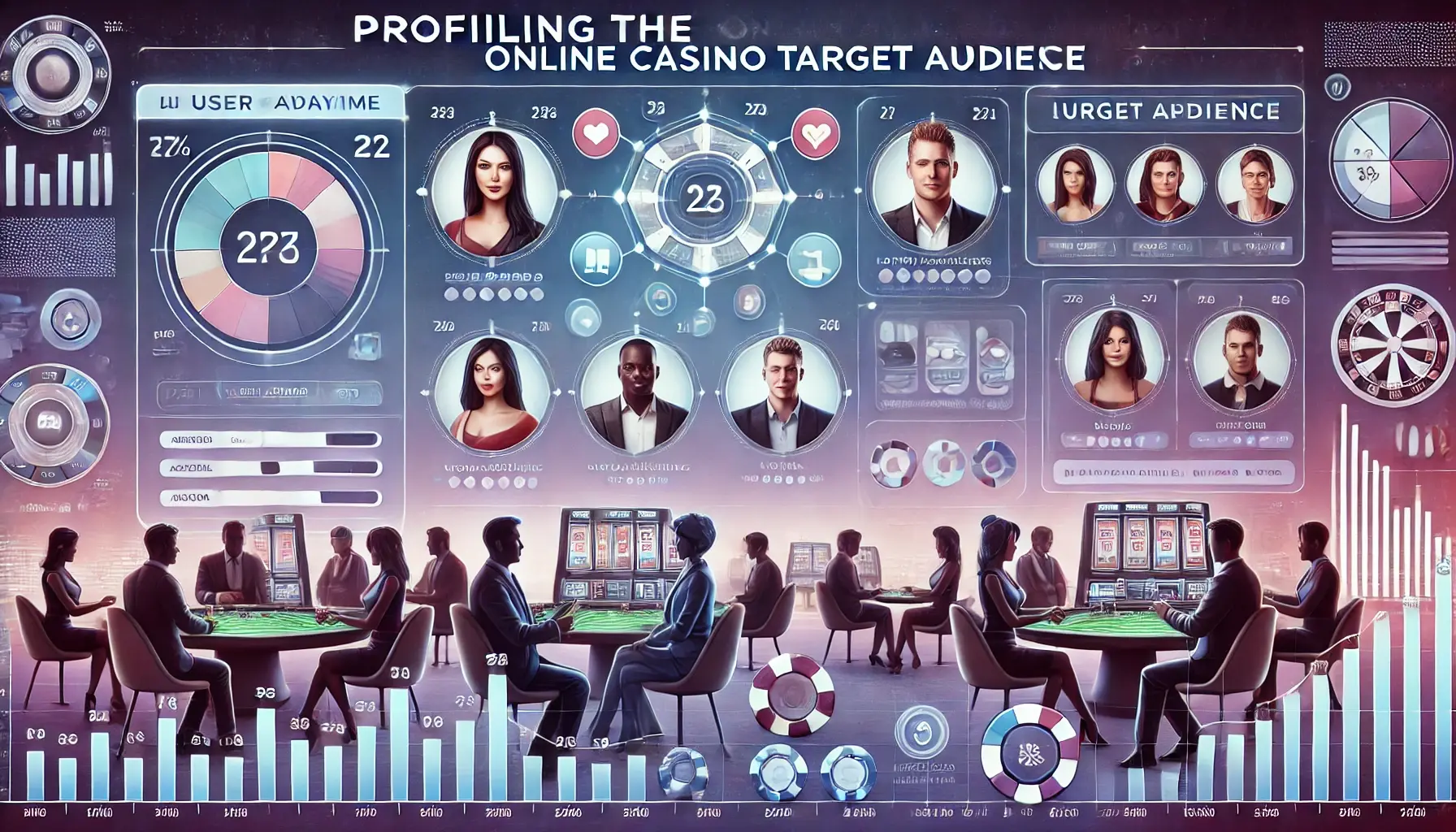
Understanding the demographics, regional differences, and gaming preferences helps in defining the online casino audience profiles effectively.


